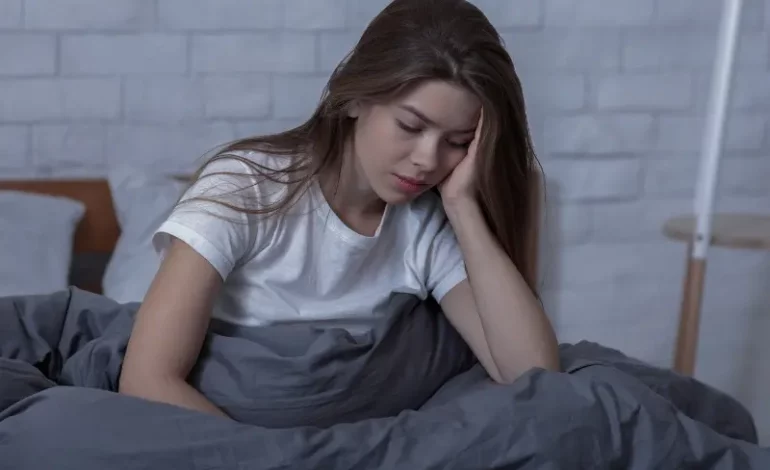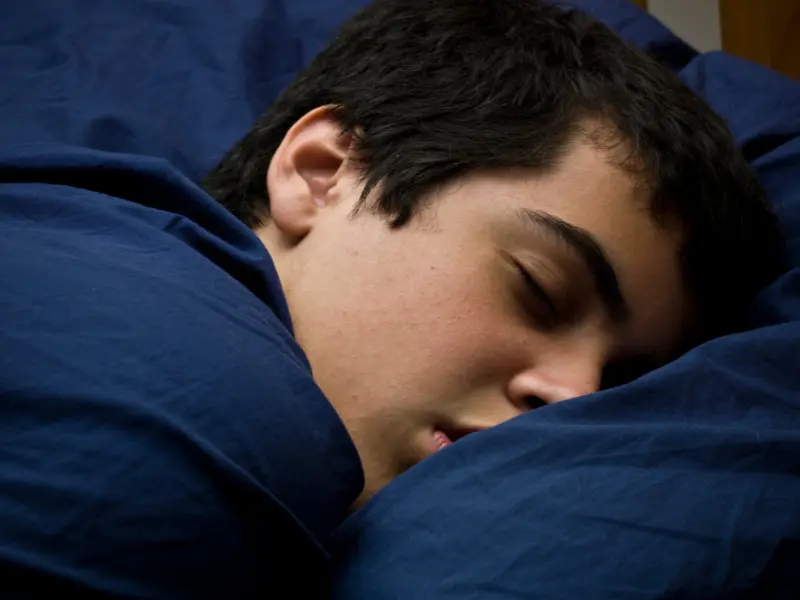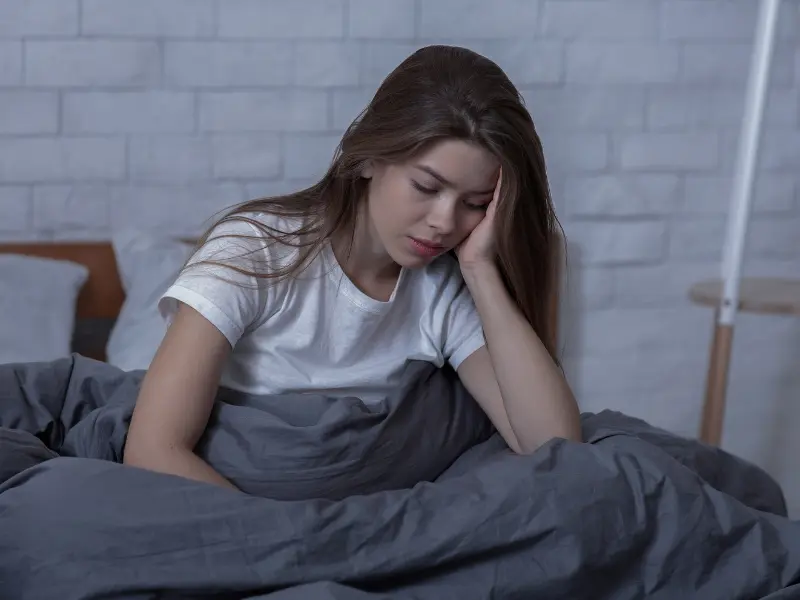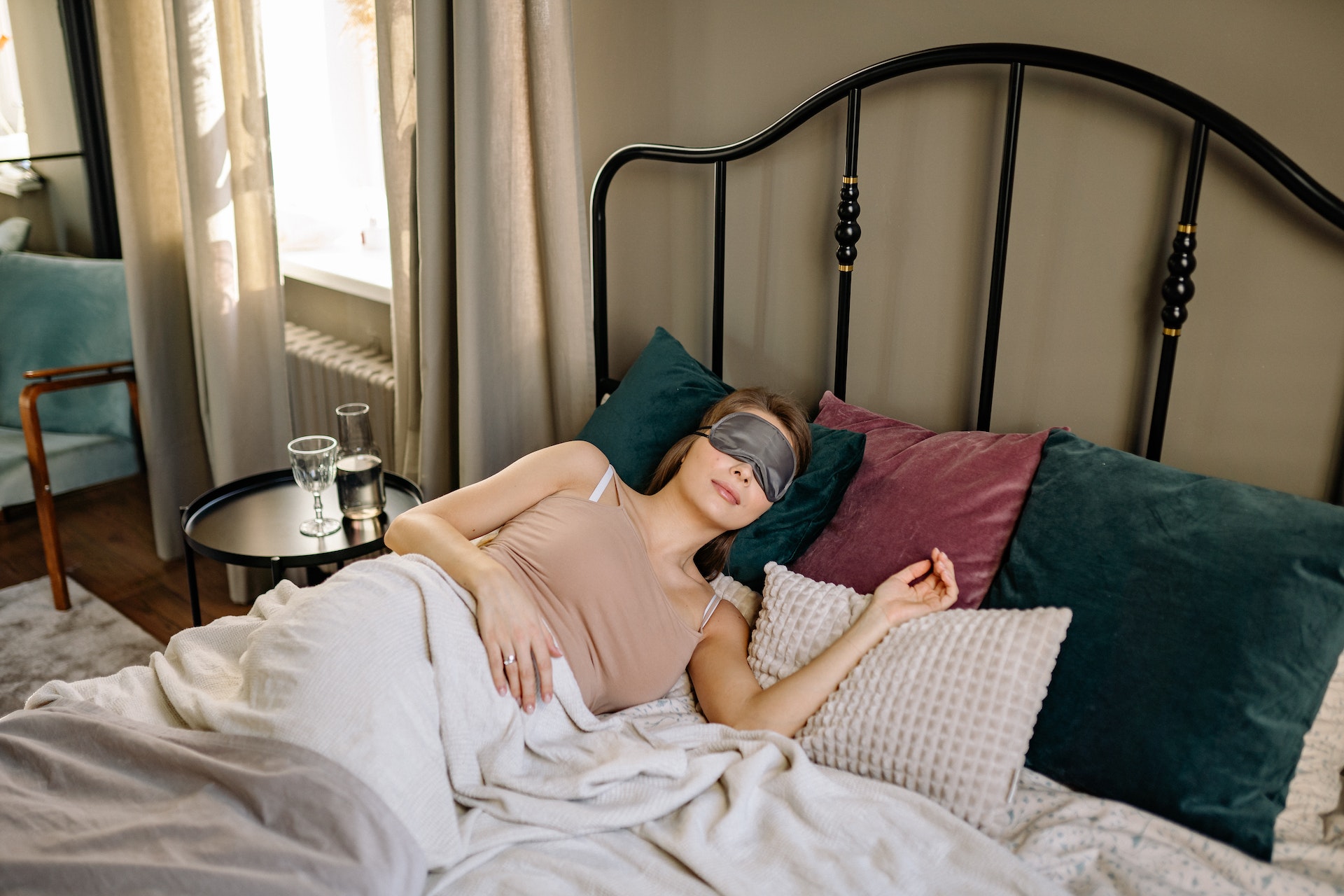How to Deal with Seasonal Affective Disorder and Sleep Issues

As the days grow shorter and the air turns crisp, many people find themselves grappling with an unexpected visitor: Seasonal Affective Disorder (SAD). This condition can cast a long shadow over even the sunniest of spirits. With symptoms ranging from fatigue to feelings of hopelessness, it’s no wonder that SAD often disrupts our sleep patterns too. If you’ve ever felt more sluggish in winter or experienced a dip in your mood as the seasons shift, you’re not alone.
Understanding what’s happening inside your mind and body is the first step toward taking charge. Whether it’s finding ways to lift your spirits or tackling those pesky sleep issues, there are practical strategies available for everyone. So let’s dive into how you can combat this seasonal struggle and reclaim brighter days ahead!
Understanding Seasonal Affective Disorder (SAD) and its Symptoms
Seasonal Affective Disorder (SAD) is more than just winter blues. It’s a type of depression that typically surfaces during fall and winter months when sunlight diminishes.
People with SAD often experience persistent sadness, fatigue, and irritability. These feelings can be overwhelming, making daily tasks feel like climbing a mountain.
Changes in sleep patterns are also common. Some may find themselves sleeping excessively while others struggle to get restful shut-eye. Weight fluctuations—either gain or loss—can occur too, as cravings for carbohydrates increase.
Social withdrawal is another hallmark of SAD. People may isolate themselves, preferring the comfort of their homes over social interactions.
Recognizing these symptoms early can make a significant difference in managing this condition effectively before it spirals further out of control. Understanding what you’re facing is crucial on the path toward healing and recovery.
Causes of SAD and Its Link to Sleep Problems
Seasonal Affective Disorder, or SAD, is intricately linked to the changing seasons. As daylight hours dwindle in fall and winter, many people experience a dip in mood.
The lack of sunlight can disrupt our internal biological clock. This circadian rhythm influences sleep-wake cycles and hormonal balance. When light exposure decreases, melatonin production may increase, leading to feelings of lethargy and sadness.
Vitamin D deficiency is another contributing factor during darker months. Lower levels can impact serotonin production—an essential neurotransmitter for regulating mood.
Moreover, shorter days often lead to less outdoor activity. Reduced exercise further affects both mental health and sleep quality. It creates a cycle that’s hard to break without intervention.
Understanding these connections is vital for tackling SAD effectively while addressing accompanying sleep disturbances head-on.
Tips for Managing SAD and Improving Sleep Patterns
Managing Seasonal Affective Disorder can be challenging, but small changes can make a significant impact. Start by establishing a consistent sleep schedule. Going to bed and waking up at the same time each day helps regulate your body’s internal clock.
Create a calm bedtime routine. Activities like reading or meditating can signal to your mind that it’s time to wind down. Limiting screen time before bed is essential, as blue light from devices interferes with melatonin production.
Incorporate physical activity into your daily life. Regular exercise boosts mood and energy levels while improving sleep quality. Even short walks outside during daylight hours provide benefits.
Consider keeping your space bright throughout the day. Open curtains or use light-colored decor to enhance natural lighting indoors, which will help lift your spirits and promote better rest when nighttime arrives.
Light Therapy: An Effective Treatment for SAD
Light therapy has emerged as a popular and effective treatment for Seasonal Affective Disorder. This approach involves exposure to artificial light that mimics natural sunlight. It’s particularly beneficial during the darker months when daylight is scarce.
Patients typically sit near a specially designed light box for about 20-30 minutes each day. The bright light helps to stimulate serotonin production, boosting mood and energy levels.
Many people begin to notice improvements in their symptoms within just a few days of starting this therapy. It’s non-invasive and can be easily integrated into daily routines.
However, not all light boxes are created equal—look for ones that filter out UV rays and provide at least 10,000 lux of brightness. Always consult with a healthcare provider before starting any new treatment regimen to ensure it’s right for you.
Lifestyle Changes to Combat Seasonal Affective Disorder
Making small lifestyle changes can significantly alleviate the symptoms of Seasonal Affective Disorder. Start by incorporating daily exercise into your routine. Physical activity boosts endorphins, which help improve mood and reduce feelings of fatigue.
Next, pay attention to your diet. Eating a balanced mix of fruits, vegetables, whole grains, and lean proteins provides essential nutrients that support mental health. Don’t forget to stay hydrated; dehydration can impact your energy levels.
Establishing a consistent sleep schedule is crucial as well. Aim for seven to nine hours each night and try going to bed and waking up at the same time every day. This helps regulate your body’s internal clock.
Social connections matter too. Reach out to friends or join local groups with similar interests—sharing experiences can create a sense of belonging that combats loneliness often felt during darker months.
Consider unplugging from screens before bedtime as well; limiting blue light exposure promotes better sleep quality and overall well-being throughout winter months.
Seeking Professional Help for Severe Cases
When Seasonal Affective Disorder (SAD) becomes overwhelming, seeking professional help can be a crucial step. Mental health specialists are equipped to assess the severity of your symptoms and provide tailored treatment options.
Therapists may recommend cognitive-behavioral therapy specifically designed for SAD. This approach helps address negative thought patterns that often accompany the disorder. Medication might also be considered in more severe cases, offering additional support.
Don’t hesitate to reach out if your daily life is significantly affected. Professionals can guide you through coping strategies that go beyond self-help techniques.
Remember, asking for help is a sign of strength, not weakness. It’s essential to take care of your mental well-being just as you would with physical health issues. Finding the right support can make all the difference in regaining control over your mood and sleep patterns.
Don’t Let SAD Control Your Life, Take Action Now
Seasonal Affective Disorder can feel overwhelming, but it doesn’t have to dictate your life. By understanding the symptoms and causes of SAD, you empower yourself to take proactive steps toward managing its effects.
Implementing lifestyle changes like regular exercise, a balanced diet, and maintaining social connections can create a positive impact on your mood and energy levels. Light therapy is an excellent tool that many find beneficial in alleviating symptoms. Seeking professional help for severe cases ensures you get tailored support suited to your needs.
Remember, you’re not alone in this journey. Many individuals experience similar challenges during the darker months of the year. Taking action now means reclaiming control over how you feel daily – step by step, day by day.
Embrace these strategies with determination and optimism; brighter days are ahead if you’re willing to seek them out!








